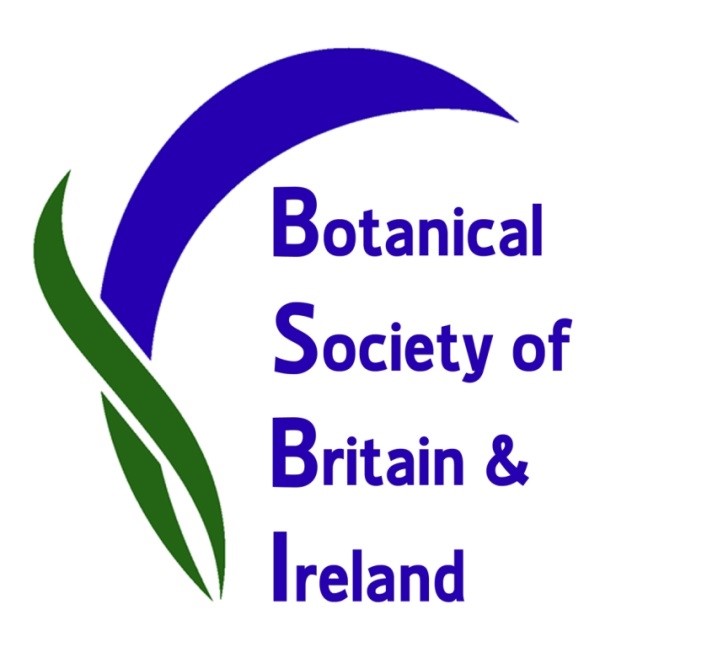Dumfriesshire Botany Group at Ecclefechan, 13th September 2025
Six of us met on the high street at Ecclefechan on a showery day. The village sits on the M74 in mid Annandale in a relatively rich agricultural area. There was only one previous record for the NY1974 monad containing most of the village. That was a 2014 record for Japanese Knotweed Reynoutria japonica.
Ecclefechan is noted for being the birth and final resting place of Thomas Carlyle (d.1881). His house is still maintained by the National Trust for Scotland and his grave is in the old kirkyard. He was an essayist, satirist, historian and teacher and his exploration of the scientific and political changes in the nineteenth century had huge influence on writers like Oscar Wilde, James Joyce and John Ruskin.
We started recording on the high street and picked up a steady stream of ruderals and annuals on the edge of the pavement or in disturbed ground. Among these were Petty Spurge Euphorbia peplus, Common Chickweed Stellaria media, Wild Pansy Viola tricolor, Fox-and-Cubs Pilosella auratiaca, White Stonecrop Sedum album and Dove’s-foot Crane’s-bill Geranium molle. There were a few garden escapes that may well be ephemeral and not persist. Examples of these included Love-in-a-mist Nigella damascene, Royal Mallow Malva trimestris, Malling Toadflax Chaenorhinum origanifolium and Kamchatka Stonecrop Pedimus kamchaticus, the last in gravel near the old church. In the same place Kirsten spotted Slender Pearlwort Sagina filicaulis.
On walls there was plenty of Ivy-leaved Toadflax Cymbalaria muralis, Wall Rue Asplenium ruta-muraria and on the kirkyard wall Fairy Foxglove Erinus alpinus.
We made a diversion at the north end of the village to look at the playpark. This falls into another monad one that has a few older but notable records including Greater Butterfly Orchid Platanthera chlorantha from 1979. Jean couldn’t attend the meeting but recalled that the area had been planted with conifers some thirty years ago to tidy it up against the wishes of at least one local who knew the orchid interest. We had a look to see if anything of the habitat remained. There is an old hedgerow with some grown out Small leaved Elm Ulmus minor agg. but the conifers at the north end of the playpark are likely to have shaded out anything of interest. There is a strip of banking along the roadside that is not cut and supports a richer grassland. We could see numbers of dried orchid spikes and an unidentified sedge but this will need to be visited earlier in future years to be sure what is growing there.
We next visited the old kirkyard which adjoins the old church which has been closed and for sale for a number of years. Some of the plants here were typical of old grassland like Pignut Conopodium majus, Common Knapweed Centaurea nigra and Common Bird’s-foot-trefoil Lotus corniculatus. Others occupied niches that the stonework offered. Most interesting probably was the Brittle Bladder Fern Cystopteris fragilis that Bob found. This was only the second record for this lowland Hectad the last being 1969 or earlier. Shrubs of interest were Hollyberry Cotoneaster Cotoneaster bullatus and Wall Cotoneaster Cotoneaster horizontalis, Garden Privet Ligustrum ovalifolium and Wild Plum Prunus domestica that is suckering and slowly advancing from the edges.
We returned for lunch in the cars to avoid the last of the heavy showers. After this we worked our way to the south end of the village. The road going south passes by Carlyle’s house where the Ecclefechan Burn runs in an old culvert. Here on the stonework there was Shining Cranesbill Geranium lucidum Wild Strawberry Fragaria vesca and Reflexed Stonecrop Petrosedum rupestre. The large Walnut Juglans regia tree by the burn where it goes under the road is an unusual sight and only the seventh recorded in the county. The road continues and goes under the motorway at the edge of the square and a minor road leads to Mein Bridge and the Caravan Park. On the verges here we continued to find new things. Among these were Hedge Mustard Sisymbrium officinale, Hairy Tare Ervilia hirsuta, Mugwort Artemisia vulgaris and Cut-leaved Crane’s-bill Geranium dissectum. We puzzled over a Willowherb growing at the edge of the pavement. This had the large pink flowers of Great Willowherb Epilobium hirsutum but was a short green leaved plant. Closer examination though showed good four lobed stigma and viable seed production so maybe a plant regrowing late in the season after being cut or damaged. The verge also had a nettle with an infection that Alison Robertson tracked down as Dasineura urticae caused by a midge.
In a wet area there was Common Reed Phragmites australis and both Marsh Woundwort Stachys palustris and Hybrid Woundwort Stachys x ambigua. Along the banks of the motorway there had been shrub and trees planted which were all now mature. Amongst these there was good Sessile Oak Quercus petraea and Red-osier Dogwood Cornus sericea with round nuts inside its white fleshy fruit.
A small corner of the square was across the motorway so our final leg took us east past the school and over a pedestrian bridge high above the motorway. This showed on the map but none of us living locally could remember noticing it so we were surprised it actually existed. Along the route we again encountered a lot of planting associated with the motorway. Quite prominent was Aspen Populus tremula which was suckering well. Across the motorway a large caned bramble still in flower was Giant Blackberry Rubus armeniacus an invasive species likely to spread. We added a few more species in the rough grassland like Meadow Crane’s-bill Geranium pratense and Russell Lupin Lupinus x regalis but we could not see what was growing on the motorway central reservation which is quite wide here but it was all dried up and quite a long way below us!
The total number of records was 188.
Chris Miles
BSBI county recorder for Dumfriesshire VC73 – see bsbi.org/dumfriesshire

